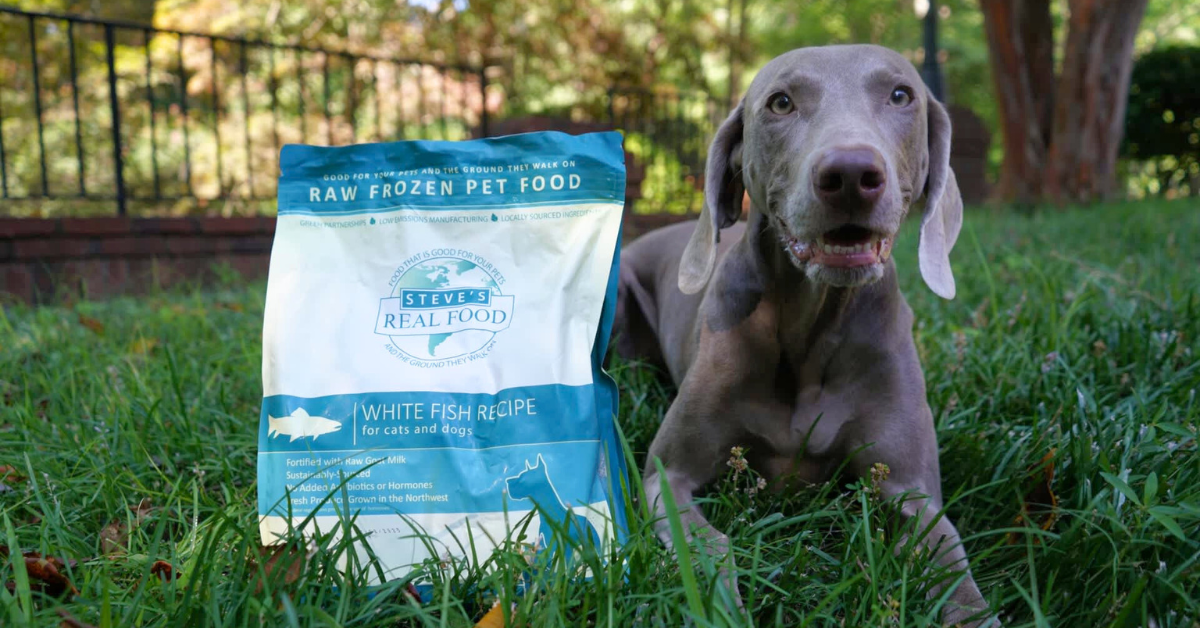Our pets rely on us to support their health — and it all starts with what’s in their bowl. Every day, the food we choose for them plays a huge role in building a strong immune system and keeping them feeling their best. At Steve’s Real Food, we’re passionate about providing complete and balanced raw pet food that supports your dog or cat from the inside out. Let’s dive into how a raw diet can naturally strengthen your pet’s immune system and reduce inflammation.
What is the Immune System, and Why Does it Matter for Your Pet?
Your pet’s immune system works like their personal security team, always on the lookout for intruders. When it’s working well, it keeps harmful bacteria, viruses, and allergens at bay. But sometimes, it gets confused and reacts to harmless things—like certain foods or environmental allergens. This overreaction triggers uncomfortable symptoms like itching, sneezing, swelling, and digestive upset.
How Inflammation Weakens Your Pet’s Immune Health
Inflammation is the body’s natural way of protecting itself. For example, if your dog sprains their paw, the swelling you see is inflammation doing its job. But if your pet’s body stays in a constant state of inflammation—often triggered by poor diet or hidden food sensitivities—it can wear their system down. Chronic inflammation can:
- Exhaust your pet’s immune system
- Disrupt normal body functions
- Lead to adrenal fatigue
- Cause ongoing skin issues, digestive problems, and general discomfort
That’s why reducing inflammation is one of the first and most effective treatment options to naturally support your pet’s immune system.
How Raw Pet Food Supports a Stronger Immune System
A raw diet is packed with the biologically appropriate proteins, fats, and nutrients your pet’s body needs. When their body recognizes and quickly digests its food, everything just works better—including the immune system!
Here’s why raw pet food is excellent for immune health:
Easier to digest: Less strain on the digestive system means fewer immune system “red alerts.”
No fillers or artificial additives: Processed pet foods often contain grains, preservatives, and by-products that can irritate the body.
Whole-food nutrients: Raw diets preserve natural vitamins and minerals, giving your pet the building blocks for healthy immune function.
Superfood ingredients: At Steve’s Real Food, we include ingredients like coconut oil, known for its anti-inflammatory properties, and raw goat milk, which is rich in gut-friendly probiotics and enzymes.
With approximately 70% of your pet’s immune system located in the gut (Source: Frontiers in Immunology), feeding them foods that promote a healthy digestive system is crucial.
How to Know If Your Dog Has Allergies
If your dog seems uncomfortable — scratching more than usual, experiencing digestive troubles, or even dealing with red, irritated skin — you might wonder if allergies could be the culprit. It’s a common question, and as pet parents ourselves, we know how tough it can be to figure out what’s really going on.
First, it helps to know that pets’ allergies often can appear suddenly. Unlike in humans, where sneezing or watery eyes are typical signs, some of the common symptoms of allergies can include discomfort through skin and tummy troubles. Frequent ear infections, licking paws, hot spots, or an upset stomach might all point toward an underlying sensitivity. The American College of Veterinary Dermatology reports that about 10-20% of dogs experience allergies at some point in their lives. (source: ACVD).
It’s also helpful to understand that there are different types of allergies, including environmental allergies and food-related allergies, such as reactions to specific protein sources. Read more about environmental allergies here. Regarding food-related sensitivities, the best approach is to keep things simple and wholesome. A raw diet, full of clean, minimally processed ingredients, can be a helpful way to support your dog’s overall health while paying closer attention to how they respond to different proteins and ingredients. Over time, you may start to notice patterns, like fewer skin irritations or more comfortable digestion, that give you valuable clues about their individual needs.
Give Your Pet’s Immune System the Support It Deserves
The best thing you can give your dog with allergies is a healthy diet. Feeding your dog a balanced raw diet can make a world of difference in reducing inflammation, supporting gut health, and helping your pet feel their absolute best. At Steve’s Real Food, we’re passionate about providing complete and balanced raw meals made from clean, nutritious ingredients that pets love.
Ready to see the difference raw feeding can make? Shop online at RawPetFood.com or find a local store near you using our Store Locator!
 Beef
Beef Chicken
Chicken Whitefish
Whitefish Pork
Pork Lamb
Lamb Turkey
Turkey Turducken
Turducken All Protein
All Protein Beef
Beef Chicken
Chicken White Fish
White Fish Pork
Pork Lamb
Lamb Turkey
Turkey Duck
Duck All Products
All Products Frozen Raw Pet Food
Frozen Raw Pet Food
 Freeze Dried Raw Pet Food
Freeze Dried Raw Pet Food
 Frozen Prey Diet
Frozen Prey Diet
 Freeze Dried Protein Bites
Freeze Dried Protein Bites
 Frozen Quest
Frozen Quest
 Freeze Dried Quest
Freeze Dried Quest
 Eggs over Easy
Eggs over Easy
 Steve's Merch
Steve's Merch 
















